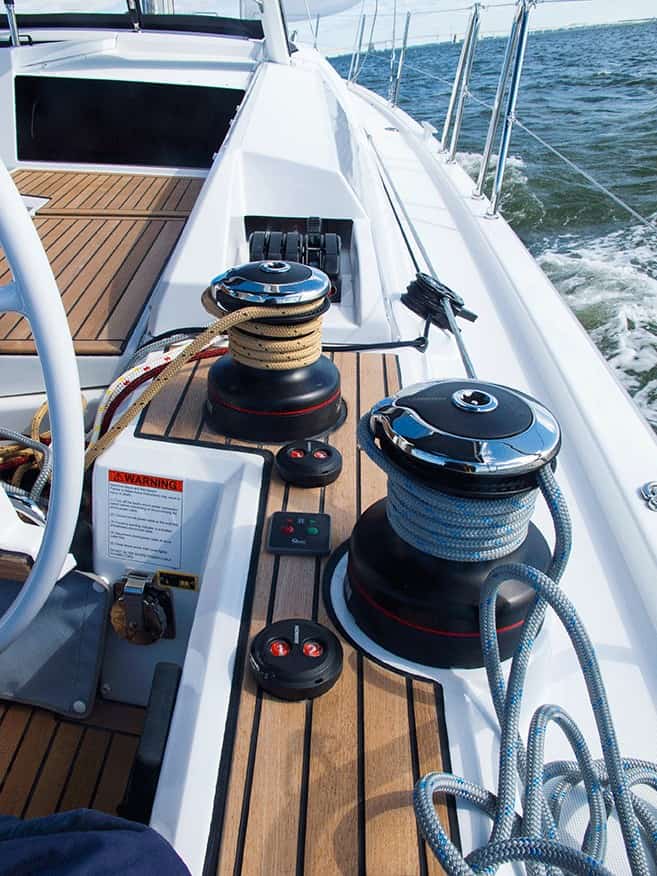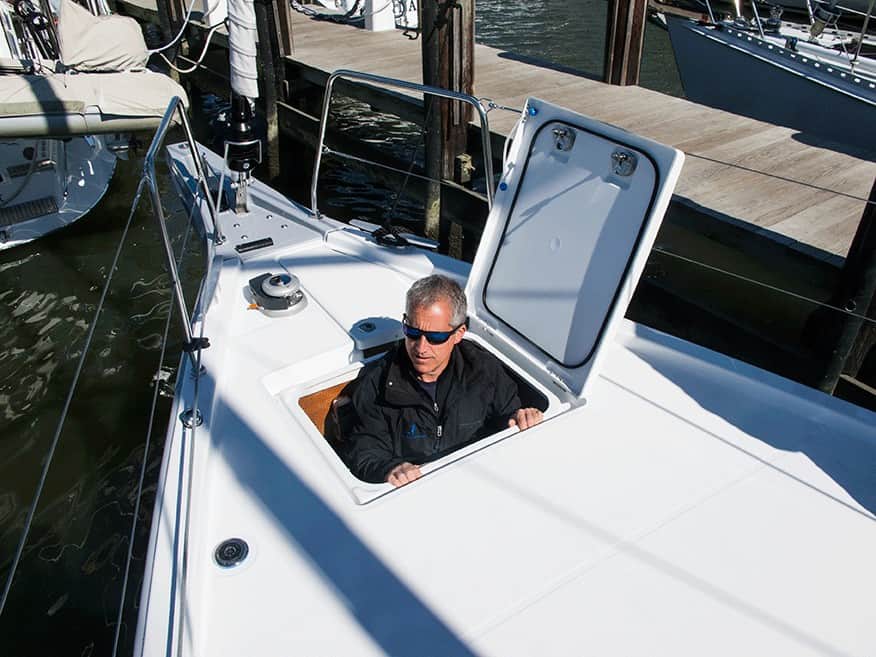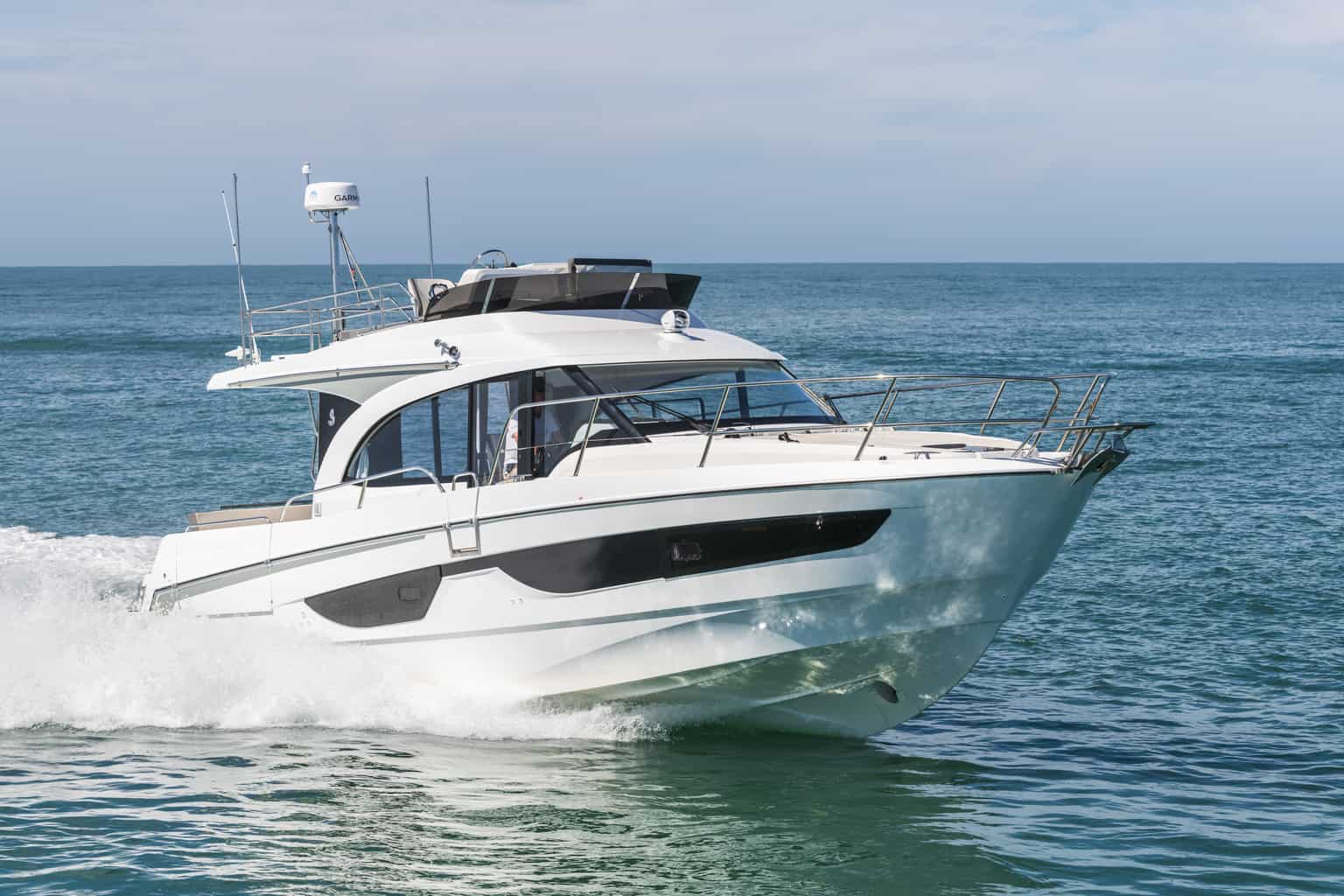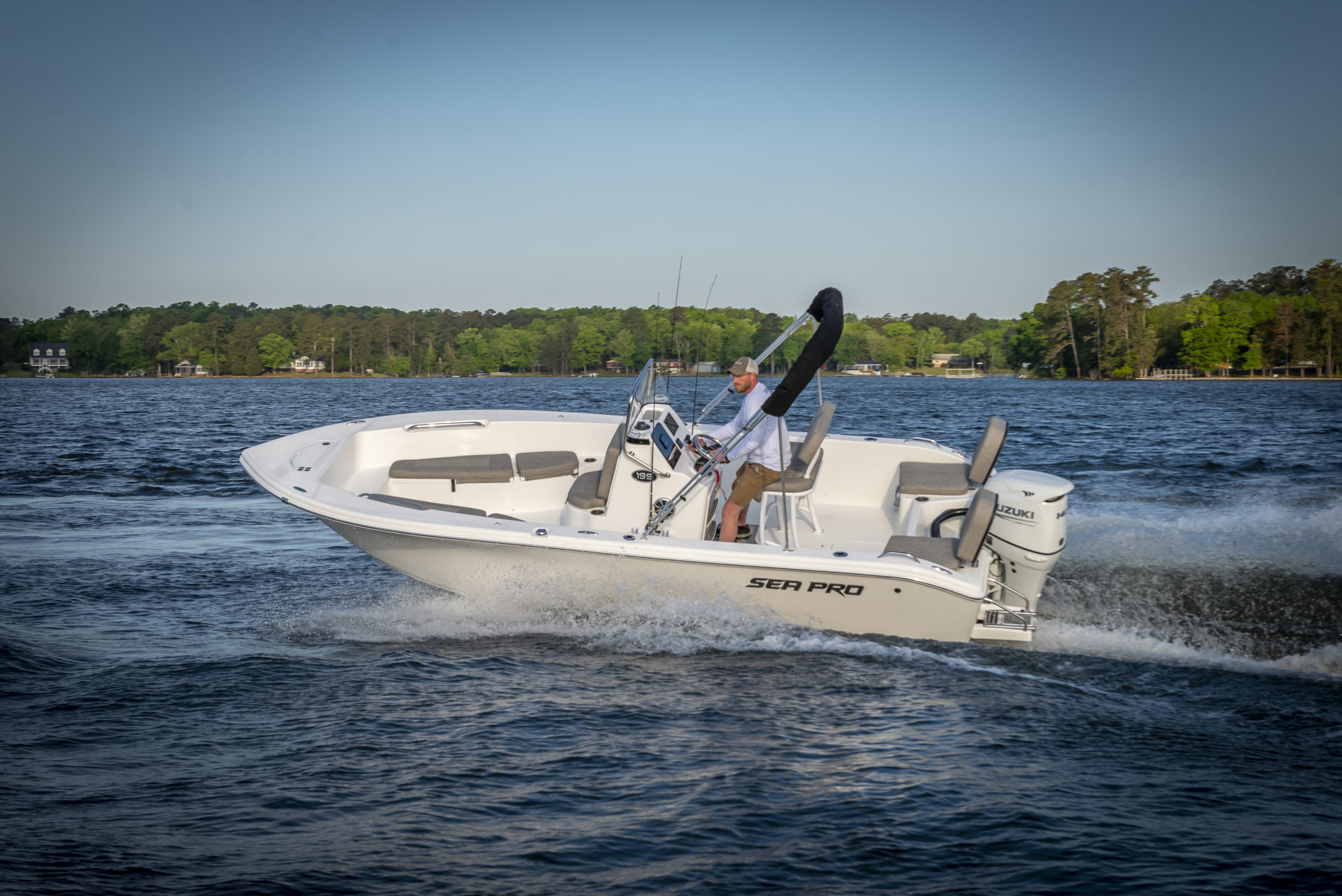A transformative sailing experience.
By Joe Evans
Full disclosure—I admit to a long-standing disdain for cruising sailboats. I grew up racing dinghies, and for the life of me, I couldn’t understand why anyone would choose a sailboat to simply get from one place to another. And, if you did, wouldn’t you want to go in a boat that performed well? Occasional trips on cruising sailboats bored me, and I was certain that there were more effective ways of getting somewhere and back.
Decades later, I found myself in the business of building presumably state-of-the-art “racer/cruiser” sailboats, notably a line of Bruce Farr-designed boats intended to bring home the silver by fooling the handicapping rules without totally omitting essential performance elements—a disappointing suite of compromises. The work was fulfilling, and the Farr-boats won more than their share, but my sailing preference remained racing around buoys in small, finely tuned boats without such extraneous baggage as stovetops, cockpit seats, cushions, marine toilets, showers, refrigeration, diesel engines, staterooms, dinettes, mattresses, linen, curtains, televisions, and such.
Beneteau Oceanis 46.1
LOA: 47′ 11″ (with sprit)
Hull Length: 44′ 9″
Beam: 14′ 9″
Draft Options: 5′ 9″, 7′ 9″, or 8′ 8″
Air Draft Options: 66′ 8″ or 69′ 11″
Fuel Capacity: 53 gal
Engine Options: Yanmar 57 hp or 80 hp Common Rail Diesel
Available through
Annapolis Yacht Sales
It might be a sign of advancing age, but a brisk November trip out of Annapolis on Beneteau’s Oceanis 46.1 cruiser changed my thinking. Let’s begin with the fact that there were just three of us onboard—Annapolis Yacht Sales’ director Chris Humphreys, Chesapeake Bay Magazine publisher John Stefancik and myself—and the boat was squeezed bow-to-stern with the crush of boatshow boats along the dock with no apparent way of escaping. No worries—Humphreys simply hit a blast with the bow-thruster to nudge us out a bit, and then he bumped the 57-hp Yanmar diesel into gear while Stefancik and I lounged in the cockpit and gawked. We were quickly away, smooth as silk.
We emerged from the Severn River into a gusty 12- to 18-knot northwest breeze, ideal conditions for a test. Setting the in-mast, roller-furling mainsail was effortless, as was the roller-furling jib, which led me to my first experience with self-tailing power winches, of which there were four Harken two-speed 40.2s mounted within easy reach of the twin helms. The halyards, sheets, outhaul, vang, and furling lines lead to banks of clutch cleats at the helm stations, which suggests that the all of the trimming could be handled by the skipper. And it can, presumably leaving the crew the freedom to wrangle cocktails and charcuterie. While grinding is an option if someone wants the exercise, it’s not necessary. I believe there was a winch handle on board somewhere. This is the point where I began to warm up to the cruising concept, even in the absence of some attractive destination. Sailing in this way is a piece of cake.

But, does this accommodation to easy going come at the expense of performance? Well, for starters, the mainsail just looked wrong to me since in-mast roller-furling requires a sail without battens and therefore no roach (the yardage of effective performance material outside of a straight line from the head to the clew). And the boom is quite high, wasting sail-power space while providing plenty of headroom for the basketball players on the guest list. Beneteau and designer Pascal Conq apparently accommodated this loss of power simply by going up with the rig. The proof was clear as we beat our way toward the Bay Bridge, and she heeled nicely into the chop and responded to the puffs with a pinch of helm pressure, much like a lively racing boat would. So far, so good, which leads us to the twin rudders and helms.
Dual-wheel steering with all of the rigging and alignment required to make it work is a significant boatbuilding challenge. Outboard rudders make sense, particularly upwind as a boat heels and the leeward blade goes vertical. The theoretical benefit is a smaller blade with more bite, less drag, and less load. Twin wheels also open up the cockpit and give the helmsman a better view. But everything must be precisely lined up, or you’ll have one rudder arguing with the other over what direction the boat wants to go. Additionally, the system must be free of any slack that would numb the connection between the helmsman’s grip and the boat’s attitude. This day, the touch was as light and responsive as a traditional tiller and post steering system would be. Delightful.
I’ll note that she liked the waves and took to the notorious Chesapeake chop with aplomb. I think that her wide beam and unique false chine along her hull provides traction on the wind, while her flat wetted aft sections allow her to easily scoot downwind, even surfing a bit. Whatever; it worked for me.

The nearly 15-foot beam and ample freeboard allow for an abundance of cockpit room and an amazing amount of living space below. The transom folds down with powered block and tackle to become a swim platform with a neat, swing-out propane grilling station behind the helm station; and there are clever telescoping davits for handling a dinghy. At this point of the demo, I was prepared to swear off racing altogether. In fact, I have.
She is available in five interior configurations. What I recall of our test boat’s accommodations is a lot of natural light pouring through eight hull and cabin windows and three clear hatches, bright wood paneling and cabin sole, excellent joinery, a substantial galley, two full heads with showers, three cabins, and a stateroom large enough to entertain everyone onboard and the folks from the boat anchored next to you.
As we nestled back into our dock space, thanks again to the unracelike thruster, I asked Humphreys if we might go for another cruise in the spring, just for fun. He said, “sure.”
Joe Evans has a forty-plus year career in sailing, sailmaking, boat building, sport fishing, boat sales, publishing, and communications in his wake. He’s the CBM editor in chief.




